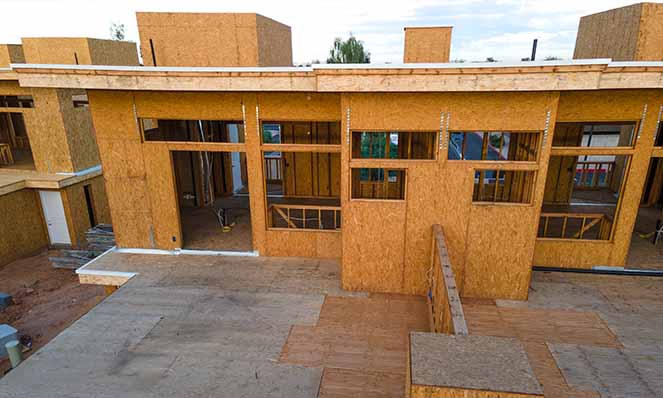This is the first part of a new series of tutorials we’ve created for our clients to help them modify and create new content for their websites that we’ve built for them. In this first part, we deal with how to resize images for website use.
Adding new images to your website is a great idea, and helps keep things fresh, and can also show off your work. However, if you upload images that are the wrong shape for the web container, this can destroy your website’s design and layout. You could also upload images that are simply too large. This will slow your site way down, hurting your page rankings and visitor experience. There are a couple of simple steps you can follow to prevent both of these problems. Today we’ll show you how to resize images for website use.
Access the WordPress Dashboard
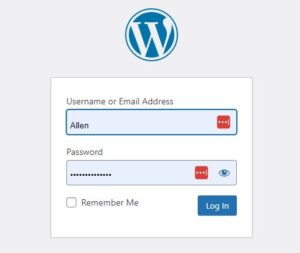
Once you’ve logged into the back end, you’ll see the “WordPress Dashboard.” From here, you’ll navigate to the left side, where you’ll see “pages.” Hover over pages and select “All pages.” This will display all the pages on your website. Select and load the page with the image you want to edit by clicking “Edit with Elementor.”
Pull Details from Existing, Correctly Sized Image
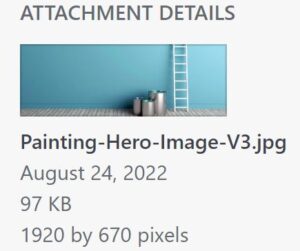
This section provides some key information about the existing image’s dimensions and size. Remember, when we built your site, we set these very carefully to ensure the images look great and that your site loads very quickly. (Note that if you don’t see the full image information, just scroll down a bit and push the button that says “load more.” You may need to do this once or twice to see the full image details.
You’ll want to note two things here about the existing image: the dimensions and the size. This image is 1920 x 670 (painting mockup). Make a note of that. Next, note the size. This one is 97kb. So, if we want to replace this image, we’ll need one that’s 1920 x 670 and is around 100kb.
What's Wrong with our existing image?

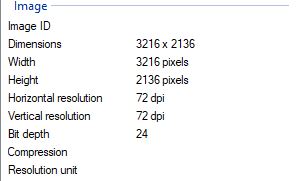
Resize Images For Website Use with PIXLR

Use PIXLR to Resize Your Image

Now we have the perfect dimensions to fit our space on the website. The next step is to navigate to our new image, and simply drag and drop it into this workspace. The software is going to ask if we want to add the image to the current document as a layer, or create a whole new document. What we want is to add the image to the current document, as it’s already the correct size we need.
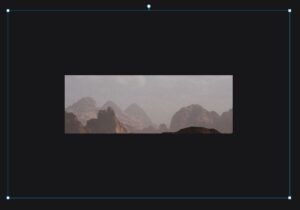
Exporting Your Image To The Right Size
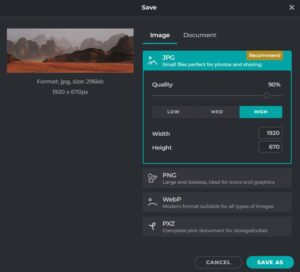
I’ll make a note here that this image we’re replacing on the site is one of the biggest ones. That’s why it’s around 100kb. Other images on the site are much smaller, and might only be 30-50kb. When you want to resize images for website use, it’s always best to use images that are at or below 100 kb. The only reason we can see for violating this guideline is if you’re a photographer, and you need high resolution photos. Even in this case, we don’t recommend going too much higher.
Image Options: JPG, PNG, WEBP
One final thing. Note in the PIXLR software that we have four image types we can save as: jpg, png, Webp, and PXZ. We recommend that you use either WebP as your first choice (with or without transparency; if you don’t know what this is, just turn off transparency), or jpg as your second choice. Just give it a name and save it, and your image is ready to upload to your site.
Let us know if you need help!
Resizing images for web use is critical to maintaining the integrity of your website’s design and performance. If you’ll follow these simple steps, you’ll be able to update images on your website more frequently to show your work, and keep the website updated with fresh content. As always, if you have any questions, don’t hesitate to ask! Don’t have a website yet? Check out our great deals on pro websites!

